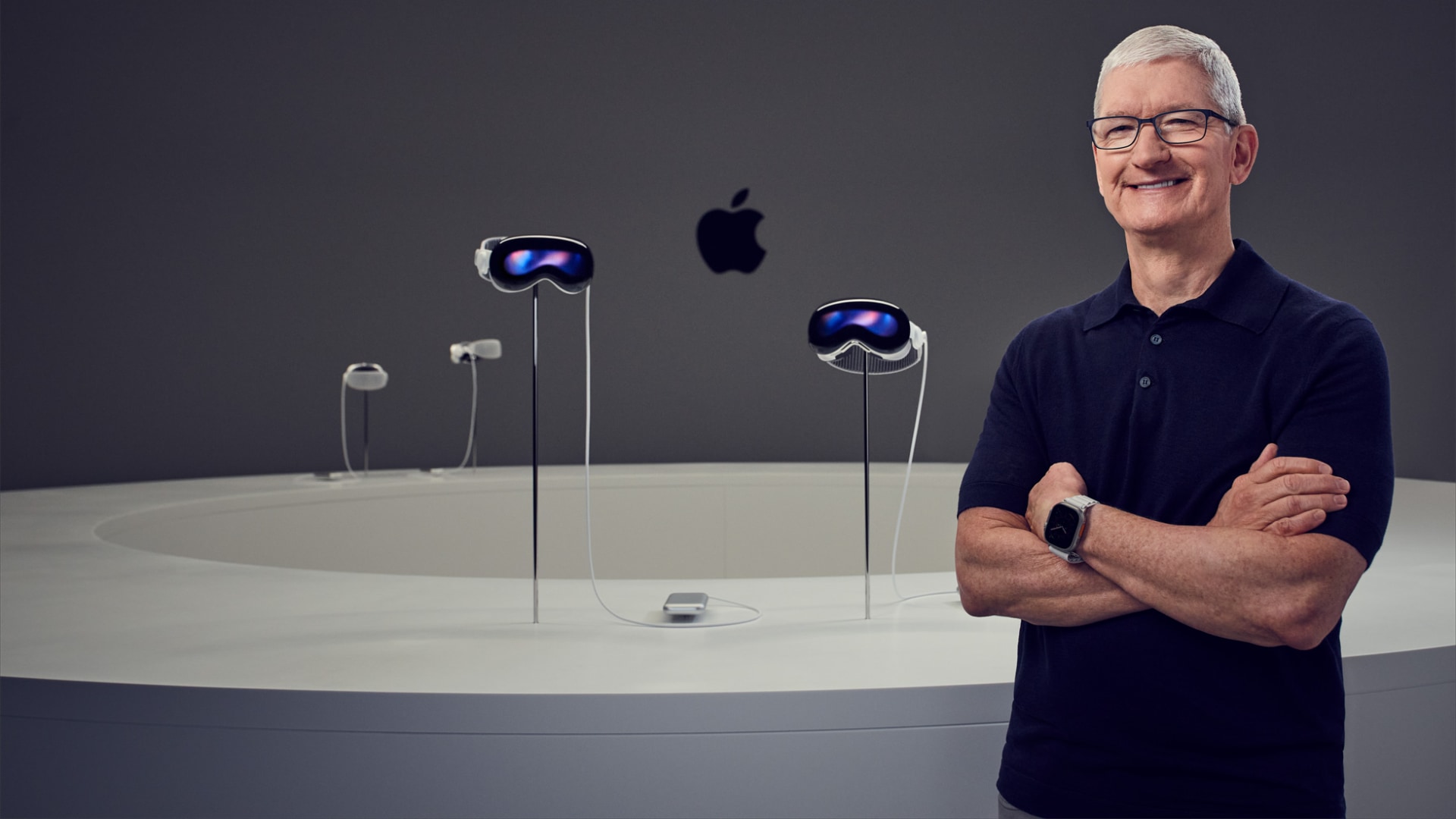Apple’s Vision Pro headset can boost the refresh rate of its micro-OLED displays to 100 Hertz (Hz), but only to mitigate the unwanted light flickering effect.

After recent code spelunking, user “M1 Astra” discovered several messages in the visionOS beta 4 build that the customer will see in specific scenarios. They shared their findings on X, the social network formerly known as Twitter.
Mentions of “100Hz” and “PASSTHROUGH_50HZ_FLICKER_DETECTED” were discovered, plus messages like “Adjusted to 100Hz to compensate for detected 50Hz flicker from artificial lighting” and “Travel mode requires 90Hz at all times.”
So, the Vision Pro is capable of higher refresh rates like 100 Hz. In Travel Mode, which activates when you’re on a flight, in the car, etc., 90 Hz is the maximum.
The Vision Pro is capable of multiple refresh rates
The Vision Pro screens have a 90 Hz refresh rate, but passthrough video doesn’t like artificial lighting—that’s why all of Apple’s in-person demos took place in a well-lit demo space. Artificial lighting produced by incandescent light bulbs and lamps creates flickering because the power grid runs at 50 Hz (in most countries).
In other words, the electric current is altered 50 times per second. Now, the human eye cannot easily discern the flickering of a light bulb at 50 Hz, but technology can. Try recording a low-light video of a scene lit with a 50 Hz light bulb on an iPhone that doesn’t have a ProMotion display, and you’l notice the flickering on your footage.
Why 90 Hertz is a sweet spot for virtual reality applications
As mentioned, the Vision Pro’s refresh rate during regular operation is 90 Hz. By comparison, the old CRT TVs were 50 Hz or 60 Hz, which wasn’t enough to make flickering indiscernible. LCD screen make the flickering much less visible—that’s why most smartphones, tablets and computers can get away with 60 Hz screens.
90 Hz is the sweet spot for virtual reality applications. Because the screens are so close to your eyes, AR/VR headsets need higher refresh rates to mitigate nausea, motion sickness and other side-effects of virtual and augmented reality.
The Vision Pro also features a special 96 Hz mode to render movies recorded in 24 frames per second (FPS), Apple said earlier. In this mode, each frame of a 24FPS video is displayed across four frames of the display.